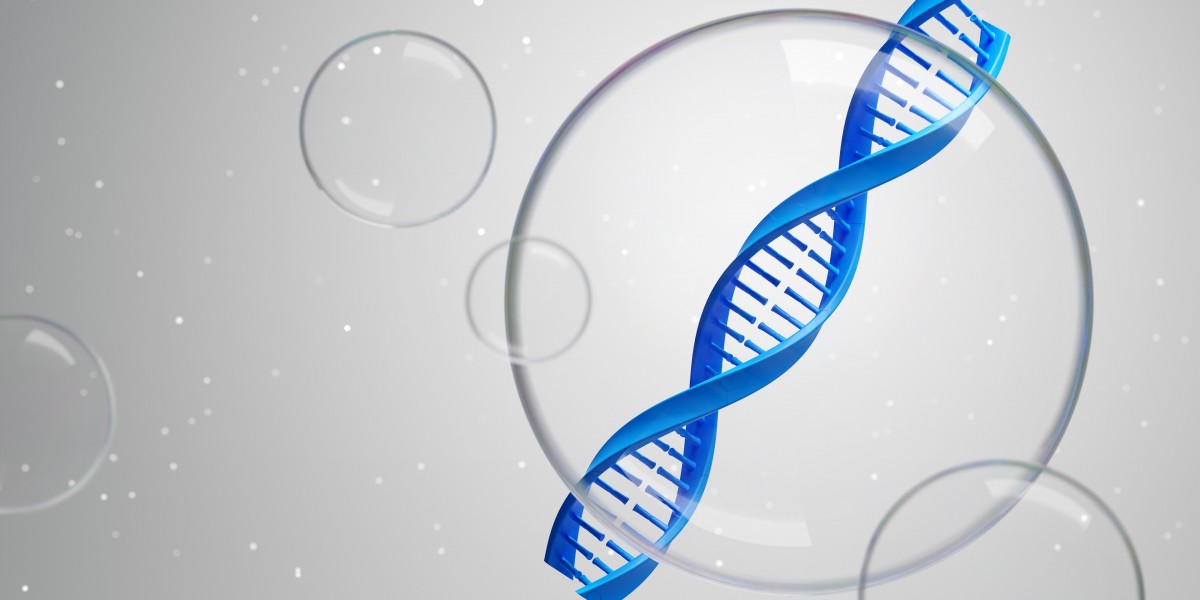DNA (deoxyribonucleic acid) and RNA (ribonucleic acid) are the two key molecules that are responsible for storing and transmitting genetic information within all living organisms. Although they share some similarities, there are fundamental differences between DNA and RNA that determine their roles in biology. Understanding these differences is essential for exploring genetics, molecular biology, and biotechnology.
1. Structural Differences Between DNA and RNA
One of the most notable differences between DNA and RNA is their structural composition:
DNA: DNA consists of two long chains of nucleotides, twisted into a double helix. The backbone of DNA is composed of deoxyribose (a sugar) and phosphate groups, with four nitrogenous bases: adenine (A), thymine (T), cytosine (C), and guanine (G). The bases pair in specific ways—adenine pairs with thymine, and cytosine pairs with guanine—creating the double-stranded structure that provides stability for genetic information storage.
RNA: RNA, on the other hand, is usually single-stranded. Its backbone contains ribose, a sugar similar to deoxyribose, but with one additional oxygen atom. In RNA, the base thymine (T) is replaced with uracil (U). This difference in structure makes RNA more versatile and dynamic compared to DNA, as it can fold and form secondary structures.
2. Function and Role
While both DNA and RNA are involved in the storage and transmission of genetic information, they serve very different roles within the cell:
DNA: DNA functions as the storage device for an organism's genetic material. It holds all the information required for growth, development, and reproduction. DNA is passed from one generation to the next and is the blueprint that guides the synthesis of proteins essential for cell function.
RNA: RNA’s primary role is to facilitate the expression of the genetic information stored in DNA. RNA comes in different forms:
- mRNA (Messenger RNA): Carries the genetic code from DNA in the nucleus to the ribosomes in the cytoplasm, where proteins are made.
- tRNA (Transfer RNA): Delivers amino acids to the ribosomes to assemble proteins.
- rRNA (Ribosomal RNA): Makes up the structure of ribosomes, enabling protein synthesis.
3. Replication vs. Transcription
The processes involved in the production of DNA and RNA are another area where their differences are evident:
DNA Replication: DNA replication is a highly accurate process where DNA makes an exact copy of itself. This is crucial for cell division, ensuring that each new cell has an identical set of genetic instructions. DNA replication is essential for maintaining genetic continuity across generations.
RNA Transcription: RNA is synthesized through the process of transcription, where specific segments of DNA are copied into RNA. Unlike DNA replication, transcription is a temporary process that only produces RNA when required for protein synthesis or gene regulation.
4. Location Within the Cell
Another key difference between DNA and RNA is their location within the cell:
DNA: In eukaryotic cells, DNA is located primarily in the nucleus, where it is tightly packed into chromosomes. In prokaryotic cells, DNA is found in the nucleoid region, an area that lacks a membrane-bound structure. Some DNA can also be found in organelles like mitochondria.
RNA: RNA is synthesized in the nucleus but carries out its functions in the cytoplasm. After being transcribed from DNA, RNA molecules are exported to the cytoplasm, where they participate in the processes of protein synthesis and gene regulation.
5. Stability and Lifespan
Another difference between DNA and RNA lies in their stability:
DNA: Due to its double-stranded structure and the protective environment of the nucleus, DNA is more stable and long-lasting. Its stability is crucial for preserving genetic information over time and across generations.
RNA: RNA is less stable than DNA. The single-stranded nature of RNA makes it more prone to degradation. RNA molecules are typically short-lived, as they are produced and degraded as needed for specific cellular functions, such as protein synthesis.
6. DNA and RNA in Genetic Testing
The difference between DNA and RNA plays a significant role in genetic testing and its applications:
DNA Testing: DNA testing focuses on analyzing the genetic code for mutations or variations that may cause diseases. It is commonly used for diagnosing genetic disorders, assessing disease risk, and providing insights for personalized medicine. DNA testing offers a permanent record of an individual's genetic information.
RNA Testing: RNA testing, such as RNA sequencing, is used to study gene expression patterns. RNA sequencing provides insights into how genes are turned on or off in response to environmental factors or disease states. This is particularly important for understanding diseases like cancer, where gene expression is often abnormal.
Conclusion
In summary, the difference between DNA and RNA is essential to their roles in genetics and cellular function. DNA is the stable archive of genetic information, while RNA is the active messenger and executor of genetic instructions. Together, they enable the processes that sustain life, from growth and development to disease resistance.
Understanding these molecular differences is crucial for advancements in genetic research, biotechnology, and personalized medicine. As technology continues to evolve, the study of DNA and RNA will continue to uncover new possibilities in medical diagnostics, disease treatment, and therapeutic interventions.






